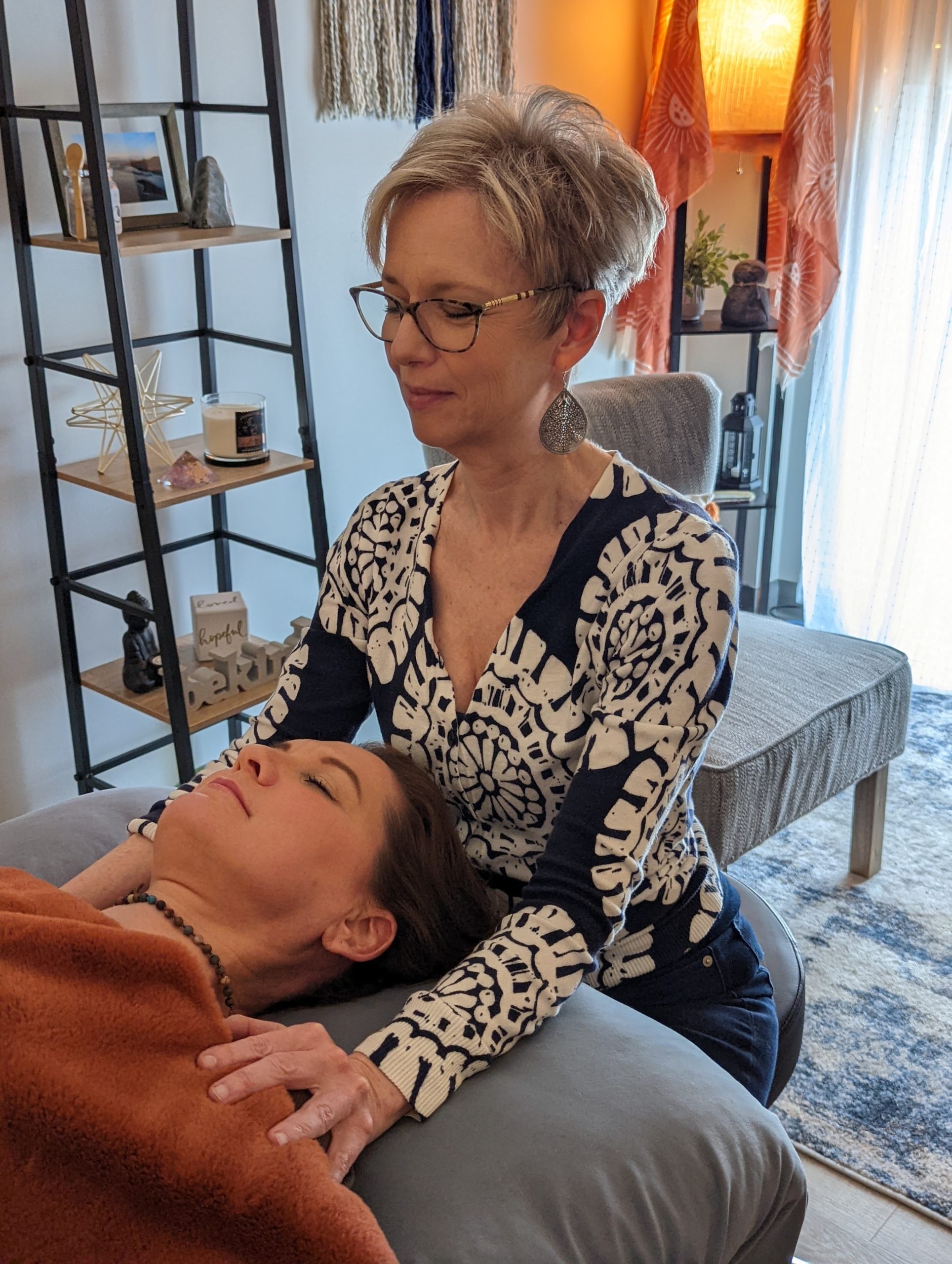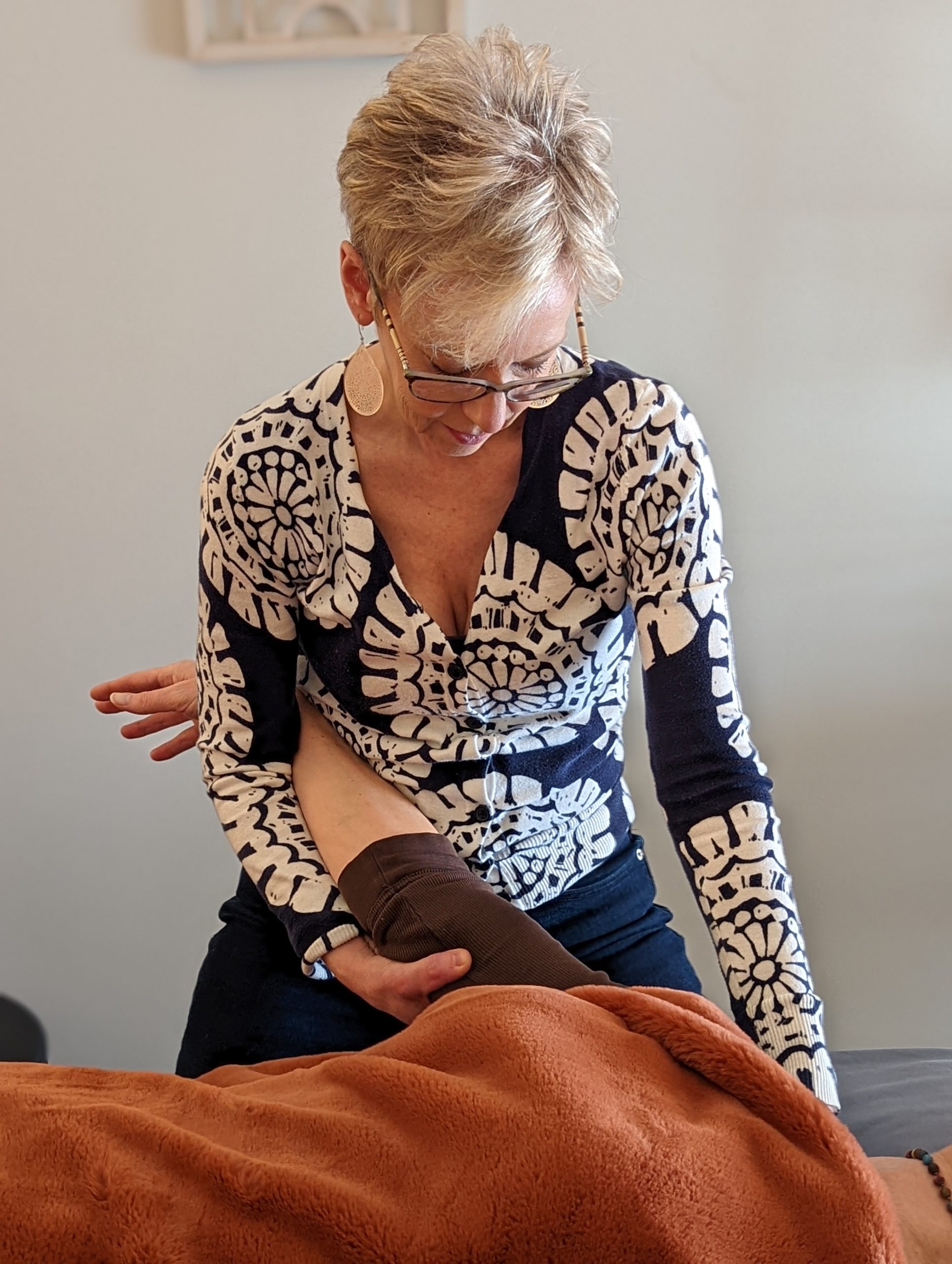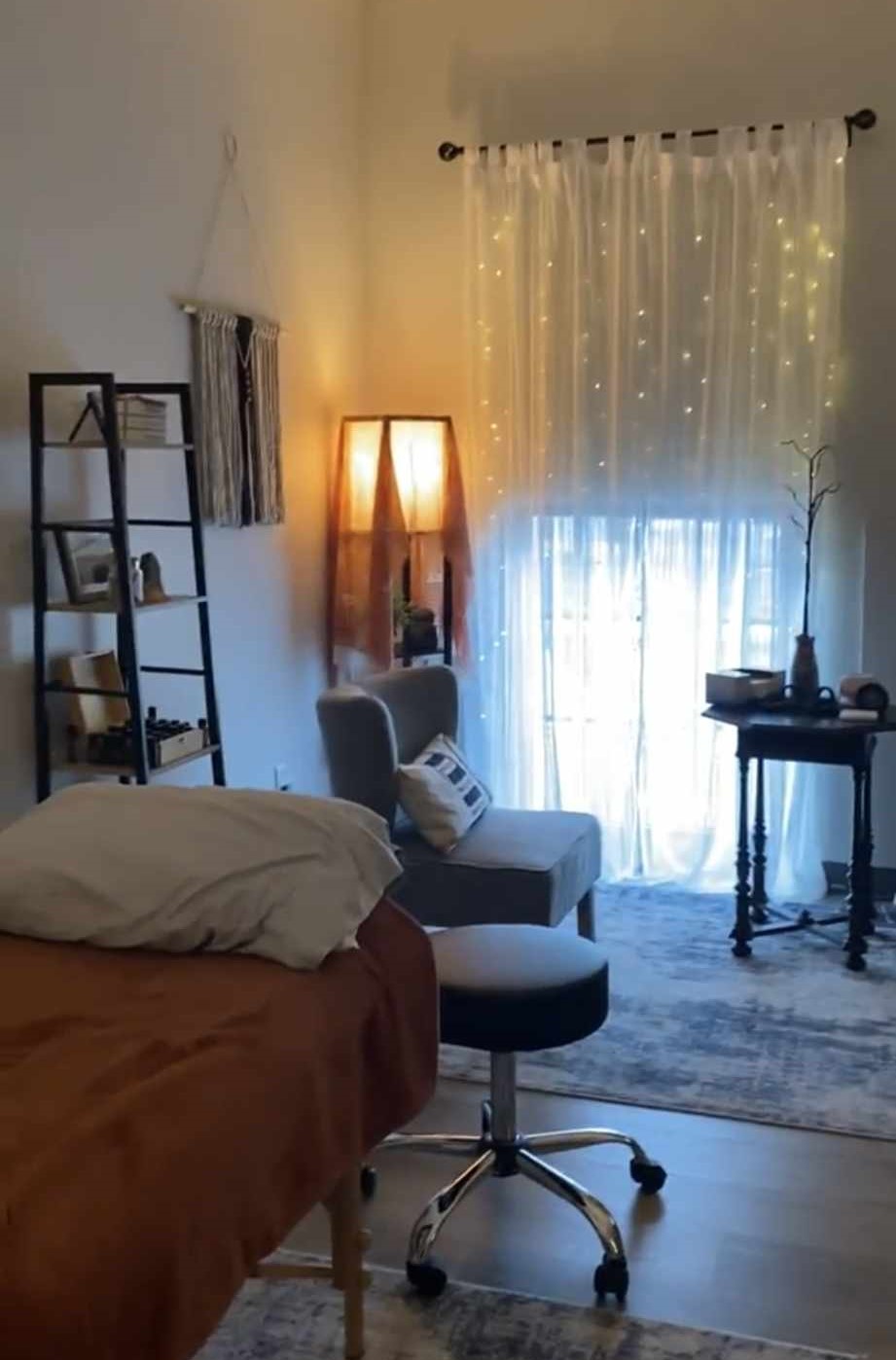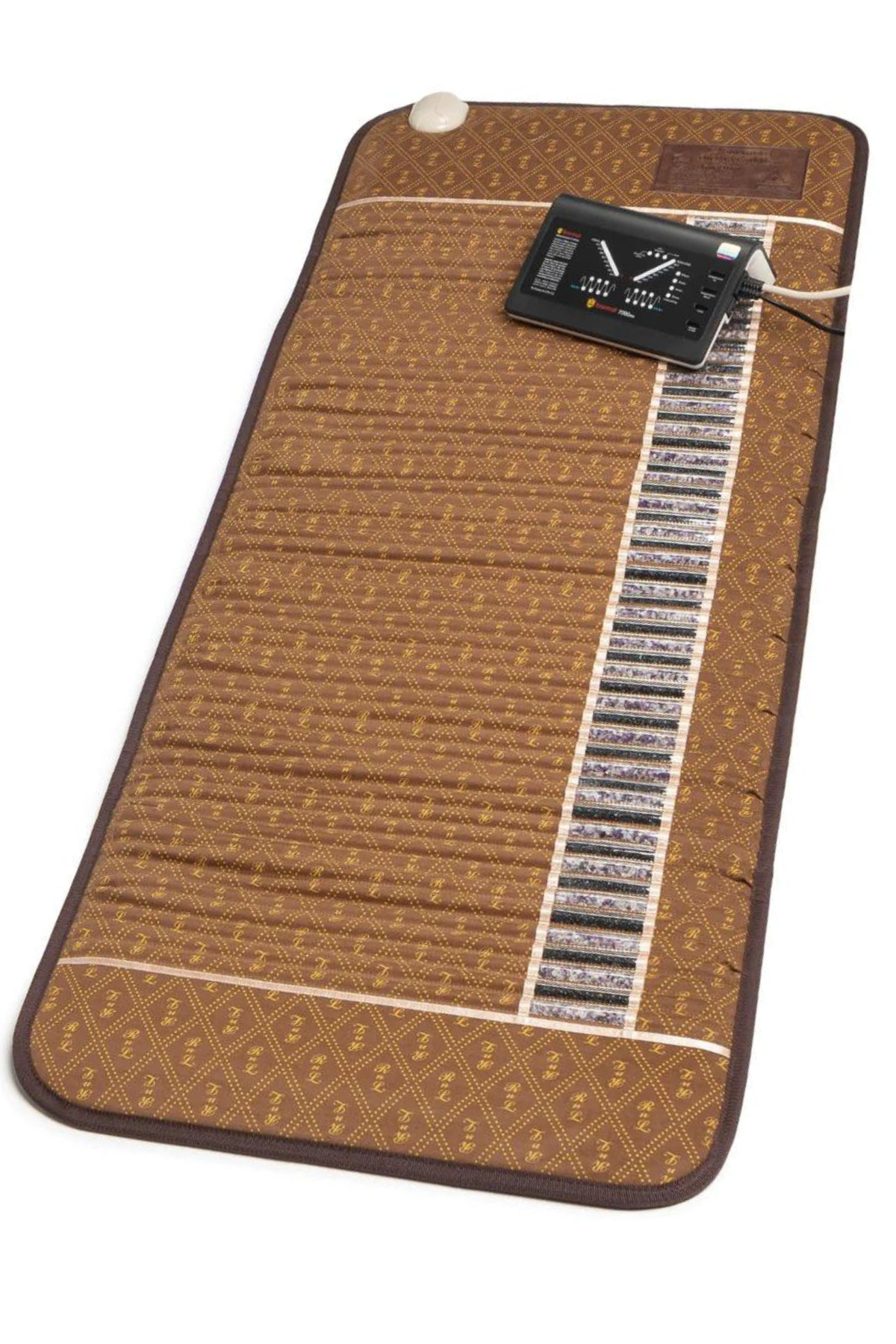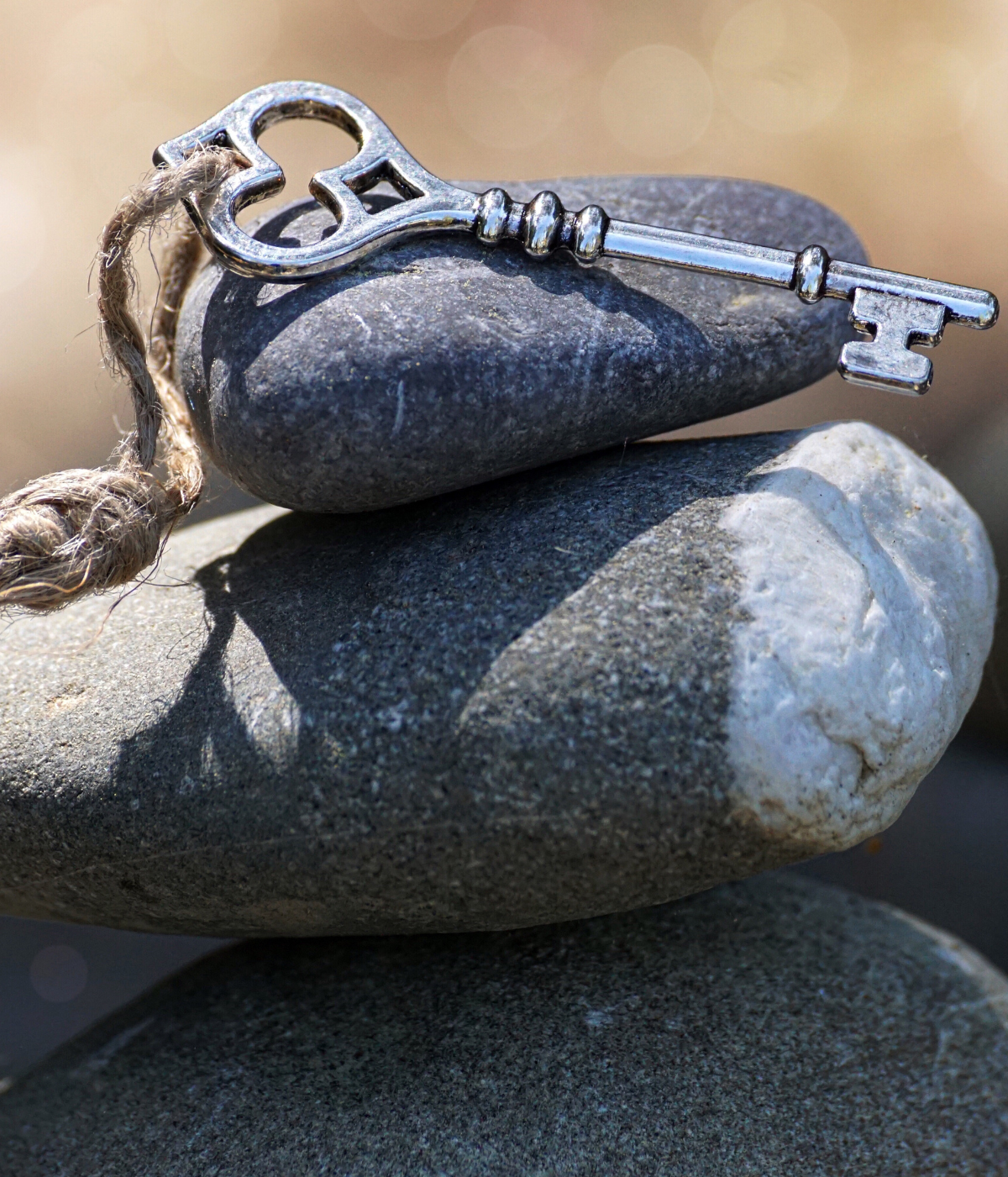
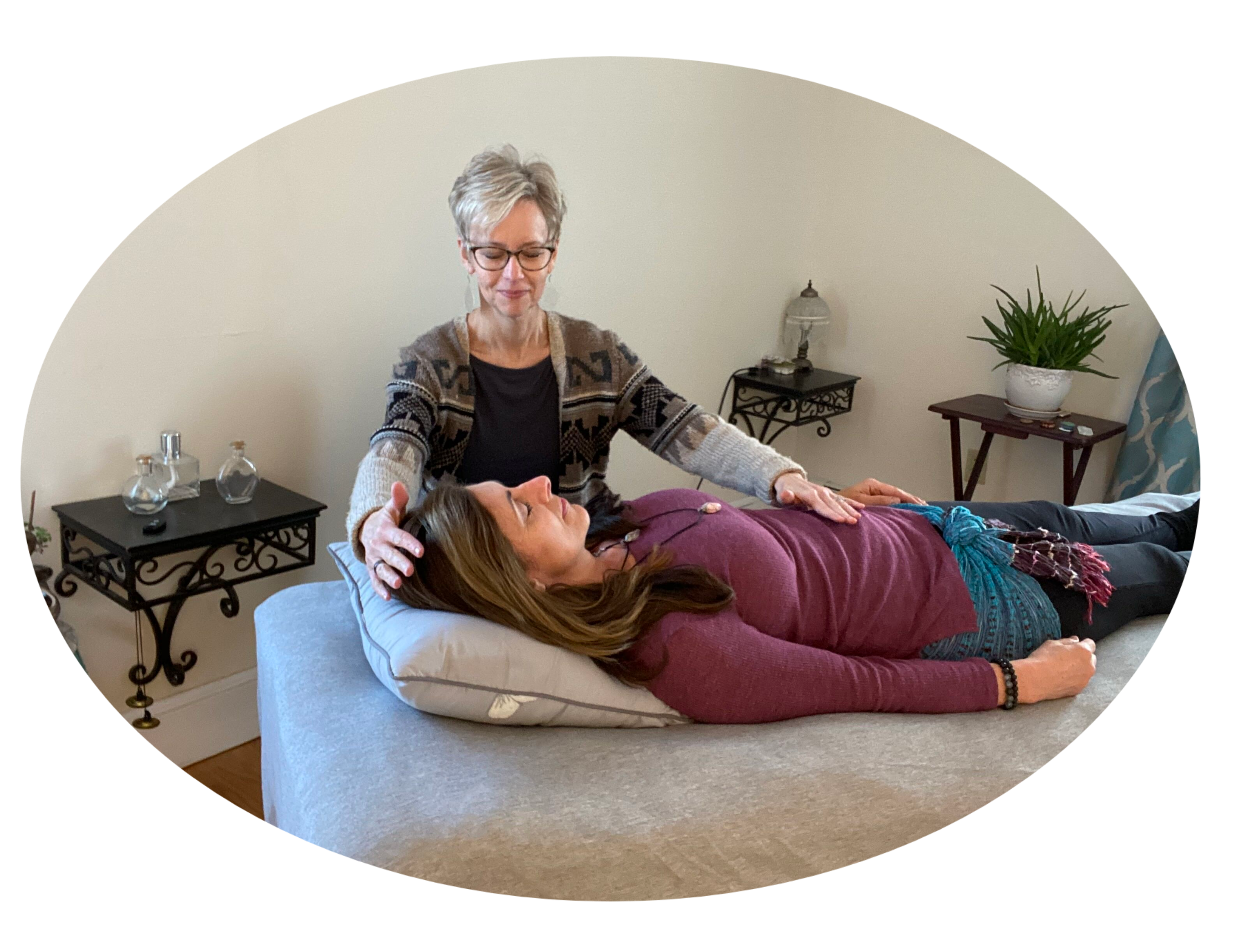
As your Holistic Occupational Therapist, I will incorporate a variety of treatment techniques to assist you on your journey to wellness. We begin with an assessment to determine the best approach for your optimal health and wellness.
Craniosacral Therapy


Craniosacral Therapy is a gentle, hands-on technique that focuses on enhancing the body’s natural healing abilities. It works with the craniosacral system, which includes the membranes and cerebrospinal fluid that surround and protect the brain and spinal cord. By using subtle touch and skilled manipulation, I release restrictions and tension in the body to facilitate the body’s self-healing mechanisms.
Whether you seek relief from physical discomfort, emotional stress, or simply desire a deeper sense of relaxation and balance, Craniosacral Therapy offers a gentle yet powerful approach to address a wide range of conditions.
Some benefits of Craniosacral Therapy include:
- Relief from Chronic Pain: CST can help alleviate tension headaches, migraines, back pain, and other chronic pain conditions.
- Stress Reduction: By facilitating deep relaxation, CST supports the reduction of stress and its associated symptoms.
- Enhanced Well-being: Clients often report improved sleep, increased energy levels, and a sense of overall well-being after sessions.
- Emotional Release: CST can aid in releasing emotional tension stored in the body, promoting emotional resilience and balance.
Each session is tailored to meet your unique needs. Your body will guide the session, however, I will listen to both you and your concerns and listen to the body’s subtle rhythms and work in collaboration with both to address your specific issues, promoting healing on physical, emotional, and energetic levels. Often, I will use Craniosacral Therapy in conjunction with the other tools and treatment modalities described below to facilitate the best possible outcome.
Myofascial Release


Myofascial release is a manual therapy technique that focuses on the fascia, a three-dimensional web of connective tissue that surrounds and supports muscles, bones, organs, and nerves throughout the body. The goal of myofascial release is to release adhesions or restrictions within the fascia, which can develop due to various factors such as injury, overuse, poor posture, surgery, or emotional stress. These adhesions can cause discomfort, limit range of motion, and contribute to pain or tension in the affected areas.
By applying sustained pressure or gentle stretching to these restricted areas, myofascial release aims to elongate and soften the fascia, promoting increased flexibility, improved blood flow, and reduced pain. It is often used for conditions such as chronic pain, sports injuries, fibromyalgia, or other musculoskeletal issues and can also be used to alleviate tension stored in the body due to trauma or stress.
If warranted, during your session, I will apply gentle, sustained pressure, or stretching to areas of the body where fascial restrictions are detected. Depending on the level of restriction, I may use my hands, fingers or forearms to assist in applying pressure to specific points or areas experiencing tightness or limited movement. It is likely that I will be using this therapeutic technique in conjunction with the other treatment tools described on this page to facilitate the best plan for healing.
Myofascial release is typically a gentle and non-invasive therapy, but its effectiveness can vary depending on individual needs and conditions. Some people may experience immediate relief, while others might require multiple sessions to achieve noticeable improvements in mobility, pain reduction, or overall well-being.
SomatoEmotional Release®


Did you know that body tissue has a memory? Body cells and tissue, such as the fascia, muscle and bones have the ability to retain memories of experienced physical, emotional or psychological trauma without necessarily depending upon the central nervous system for storage and interpretation of these memories. If the trauma is not processed, over time it can have a significant impact on the body and often manifests in various forms, including pain. The American Medical Association has stated: “It has been verified through scientific exploration that more than 80 percent of all diseases are due to stress and strain that originate in the mind and reflect on the body.”
SomatoEmotional Release (SER) is a therapeutic approach developed by Dr. John E. Upledger, a pioneer in osteopathy and manual therapy and the creator of Craniosacral Therapy that focuses on the interconnection between physical health and emotional well-being.
This technique involves addressing and releasing emotional energy and tension that may be trapped within the body’s tissues, often resulting from past emotional traumas, stress, or unresolved experiences. These unresolved emotions and tensions can manifest physically and contribute to pain, discomfort, or dysfunction in the body.
SomatoEmotional Release occurs within a Craniosacral Therapy session. As a trained pracitioner, I use gentle touch and dialogue to facilitate the release of stored emotions. The session may develop organically or I may guide you through the exploration of sensations, feelings, memories, or emotions that surface.
The process aims to create a safe space for you to access and process emotions or memories that might be held within the body, often linked to past traumas or stressful experiences. By acknowledging and releasing these emotions, it’s believed that the body can achieve greater balance and promote healing on physical, emotional, and mental levels.
SomatoEmotional Release sessions are conducted with sensitivity and respect for your pace and comfort. The goal is to support you in releasing emotional blockages that may contribute to physical symptoms, thereby promoting overall well-being and helping the body’s self-healing mechanisms.
Mouth Work


Mouth or intraoral work is a specific approach within Craniosacral Therapy that involves gentle manipulation and assessment of the tissues and structures inside the mouth, including the tongue, palate, jaw, and associated muscles.
Wearing gloves, I perform mouth work using my fingers to apply very subtle and precise touch within the mouth. The goal is to release tension, restrictions, or imbalances present in the tissues of the craniosacral system, particularly those connected to the mouth and cranium.
This technique is used to address various issues related to the oral cavity, temporomandibular joint (TMJ), dental procedures, orofacial pain, headaches, sinus problems, and sometimes even to address certain neurological or structural imbalances that might have effects throughout the body. I have also worked with clients post-surgery or accident to help loosen sinuses and temporal bones and restore alignment within facial structures.
If you have had a lot of dental work, braces fitted, or ongoing symptoms like neck pain, headaches, TMJ (jaw) pain, or if you hold stress or tension in your mouth or jaw (clenching teeth, etc.) you could be greatly helped by this type of work and craniosacral therapy in general. Mouth work can also be indicated in cases of head or facial trauma to alleviate ongoing discomfort and symptoms.
Breathing Techniques & Mindfulness


Breathing techniques, body scans and mindfulness practices can be incredibly beneficial for managing pain, both physical and emotional, by influencing the body’s response to stress, improving relaxation, and altering pain perception.
- Stress Reduction: Mindfulness and breathing techniques activate the parasympathetic nervous system, promoting relaxation and reducing the body’s stress response. Lower stress levels can indirectly alleviate pain, as stress often exacerbates pain perception.
- Pain Perception: Mindfulness practices, such as meditation and deep breathing, can help shift attention away from the sensation of pain. By focusing on the breath or other sensations, individuals can learn to observe pain without reacting strongly to it, potentially reducing its perceived intensity.
- Muscle Tension: Deep breathing and mindfulness can relax muscles, reducing tension that contributes to pain. Relaxation techniques can help break the cycle of muscle tension and pain, leading to decreased discomfort.
- Mind-Body Connection: Mindfulness practices foster an awareness of the mind-body connection. By acknowledging and accepting pain without judgment, individuals may experience a change in their relationship with pain, leading to decreased suffering.
- Improved Coping Mechanisms: Mindfulness and breathing techniques can enhance one’s ability to cope with pain. They provide tools to manage distressing thoughts and emotions associated with pain, fostering a more positive outlook and greater resilience.
- Reduced Anxiety and Depression: Chronic pain often leads to anxiety and depression. Mindfulness practices have shown efficacy in reducing symptoms of anxiety and depression, indirectly contributing to improved pain management.
- Pain Processing: Studies suggest that mindfulness practices can impact the brain’s pain processing centers, leading to changes in neural pathways involved in pain perception. This may result in a lowered sensitivity to pain signals.
Integrating breathing exercises, meditation, mindfulness, or other relaxation techniques into your treatment plan will complement the other tools and techniques that I will use during your session. As your therapist, I am always thinking about your nervous system regulation, and I will use breathing, mindfulness and other techniques to ensure that your nervous system is regulated before you leave your session.
BioMat®


You will lie on a BioMat while receiving treatment. The BioMat is very different from a standard heating pad. It does not contain heating coils, or any point sources of heat, so it does not present the practical dangers associated with heating pads. It also has EMF protection built-in. And yet, the BioMat can transfer far more heat into the body, compared to a heating pad. This is because the heat transfer is radiant, not conductive. And since the heat is distributed evenly throughout the body, rather than just on the skin, there is great therapeutic value. The radiant heat is produced by hot crystals that cover the surface of the mat, and there are settings to control the desired temperature of the crystals. The crystals are warmed by a flexible conductive heating plate, which was developed originally by NASA in order to safely warm space stations and other space vehicles.
Users benefit from reduced joint and muscle pain, commonly lower back pain/ stiffness or arthritis. Also, it improves microcirculation on the cellular level so it quickens the healing or recovery process. It boosts the immune system, provides stress reduction, and promotes deep rejuvenating relaxation.
Benefits:
- Muscle relaxation
- Increases localized circulation
- Pain relief
- Stress relief
Intuitive Coaching & Exercise Education


In my practice as a holistic occupational therapist, I believe that it is important to see the big picture – including all aspects of my clients’ lives and hopes for the future that are relevant – when determining the best plan for overall wellness. In addition to the body and energy work that is inherent in every other treatment tool, I assist my clients with identifying blocks that are limiting their ability to live fully, help them to gain a deeper understanding of self, tap into their intuitive ability, and release beliefs that are not serving their greater good. Through intuitive coaching and insight, I help to guide my clients to create new patterns of behavior, thoughts and connections to self that will support their ongoing therapeutic process.
In addition to intuitive coaching, I may provide education on simple exercises to increase mobility, strength, and flexibility creating less pain, ease of movement, more energy and mental clarity that will allow my client to accomplish their daily responsibilities.
Finally, as therapeutic sessions progress, I may identify a physical or emotional need that requires assistance or intervention from another practitioner. I am happy to suggest or refer clients to seek treatment from other naturopathic or traditional doctors or specialists that can complement that work that is being accomplished within my practice.
Ultimately, it is my goal to provide restorative support in whatever way is needed throughout your journey.
Reiki


Reiki is a spiritual healing practice that originated in Japan in the early 20th century. The word “Reiki” is derived from two Japanese words: “rei,” meaning universal or spiritual, and “ki,” which means life force energy. Reiki practitioners believe that energy flows through all living beings and that disruptions or imbalances in this energy can lead to physical, emotional, or spiritual ailments.
During a Reiki session, a practitioner uses their hands to channel and transfer this universal life force energy to the recipient. The practitioner typically places their hands lightly on or just above specific energy centers, known as chakras, or on areas of the body where energy blockages are perceived. The intent is to facilitate the flow of energy, promote relaxation, reduce stress, and support the body’s natural healing abilities.
I have Reiki level I and II certifications and use reiki energy as one of the techniques in my practice when necessary to promote energy shifting and realignment.
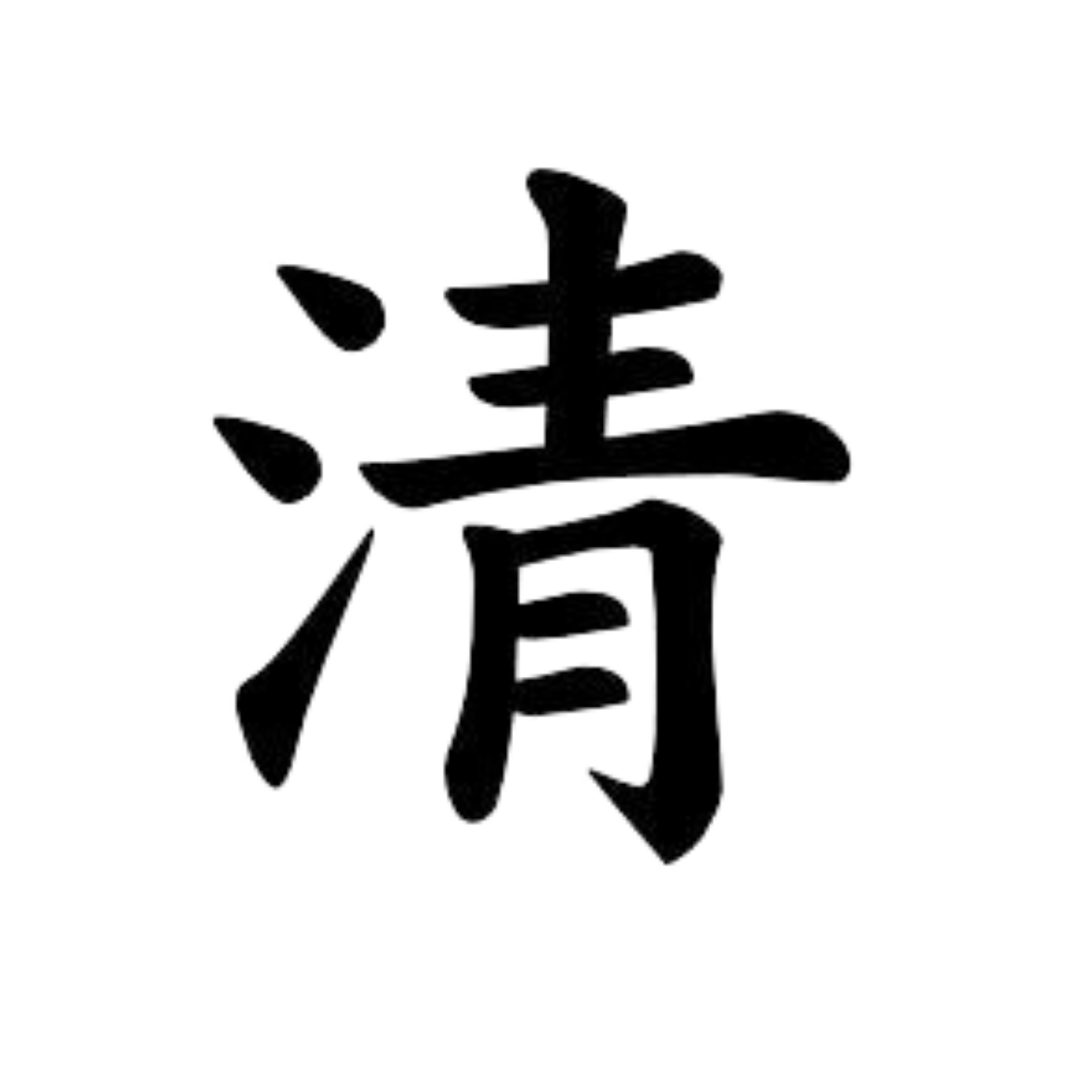
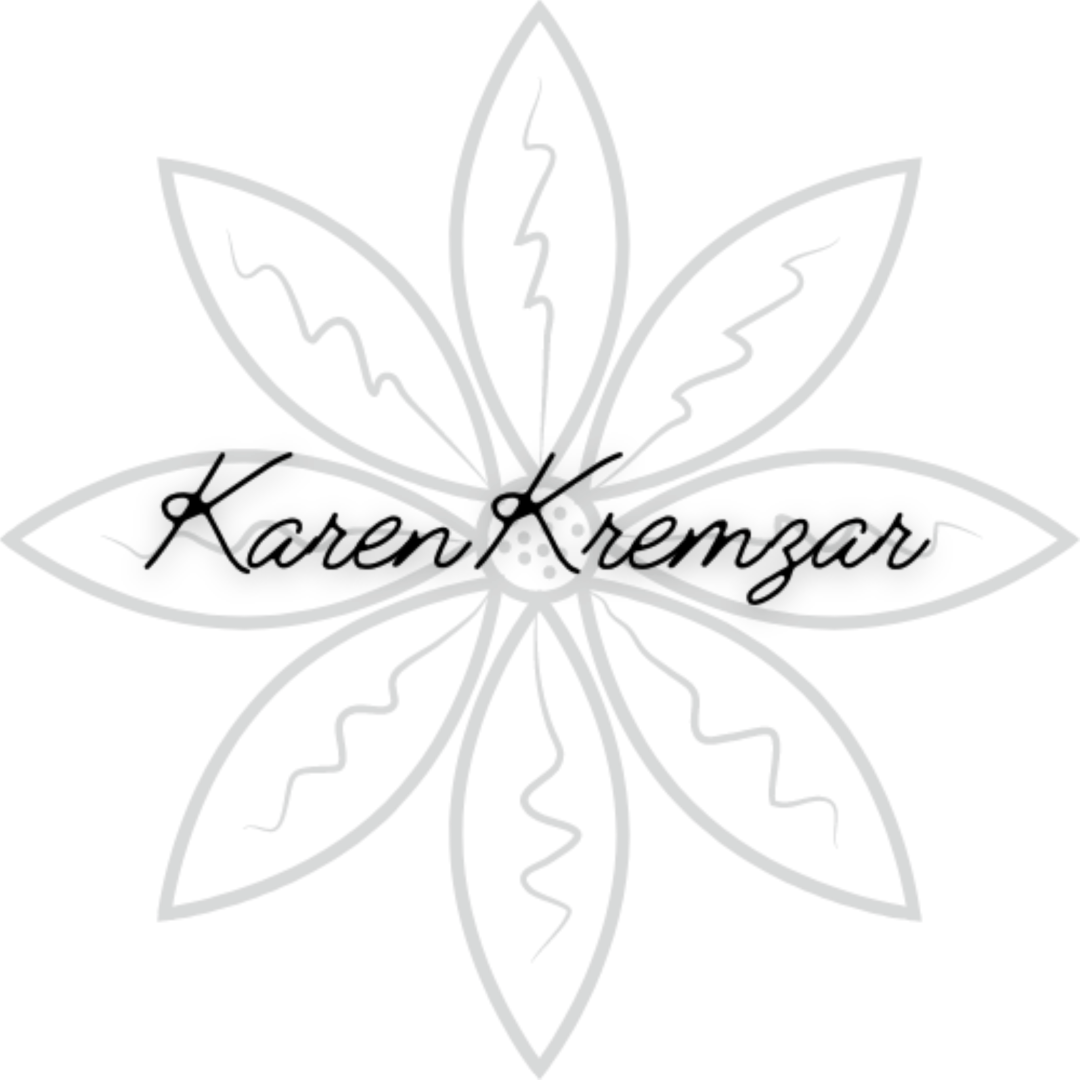

Voted Best Naturopathic Practitioner 2022
Office Hours
| Monday | 9:00 am – 6:00 pm |
|---|---|
| Tuesday | 10:00 am – 7:00 pm |
| Thursday | 9:00 am – 6:00 pm |
| Friday | 9:00 am – 6:00 pm |
